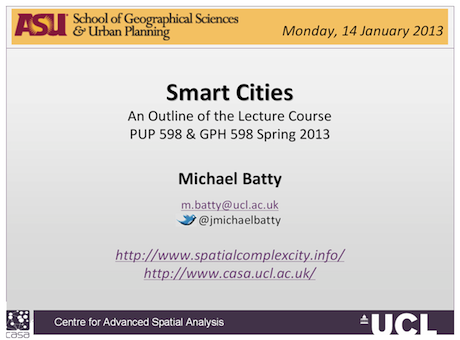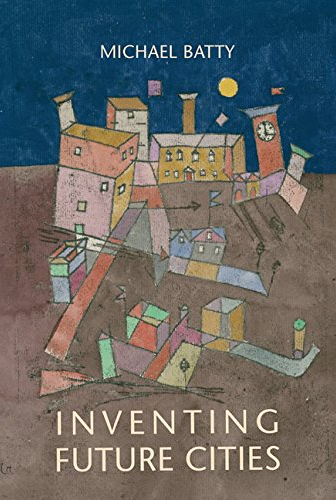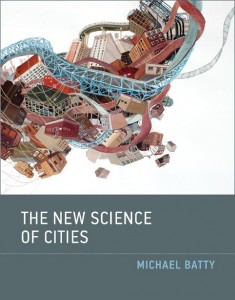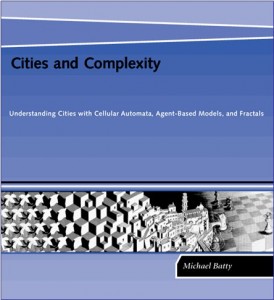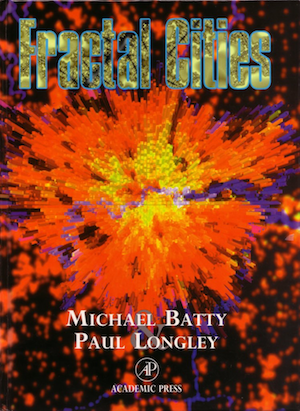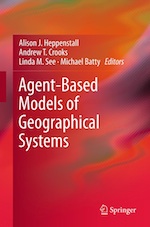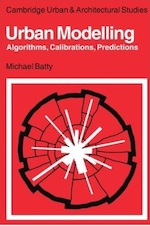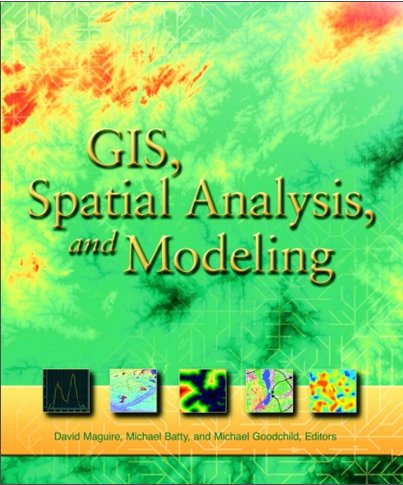It is a bit of a gamble to tell those who watch our CASA site that I have just started a new lecture course on Smart Cities that I am offering to graduates at ASU. A gamble because Smart Cities are like Sustainable Cities – almost as many definitions as there are those defining them, and a gamble because the course is only half formed, half baked one might say. But one has to begin somewhere and the luxury of a short 2 week visiting appointment is that one escapes the frenetic drag of central London to be able to write something down.
This is my third course at ASU in the last three years and each time it has been something different. You can see the courses on the menu header at the top of the blog. My take on this current course is that Smart Cities are about how information is used in cities with a strong focus on digital information, but not exclusively. To me they are not really about the hardware of the city although we need to know something about this – something about where the wires are located and where the routers switch the traffic and where the data centres are – to make sense of it all. So my course is rather broad based but it is not particularly about how we might make government better using digital technologies – this is an implied goal of smart cities but I am not studying smart cities from this angle. Essentially my perspective is more on how information is being used in cities – how it permeates to produce new applications particularly in terms of seeing the city as a system. I don’t say so much about smart cities wrt to government and organisation. But there is not much written on smart cities that tends to take a long perspective.
Most of what is written is from one perspective or another – from a business perspective or a traffic flow perspective or a real-time control perspective but not from a synoptic one that tries to explain the nexus comprehensively. In a sense to do this, one needs a theory of cities and as we all know, there is nothing like this out there and they may never be. We were nearer to this quest in the old world but in the new, the almost mind boggling complexity of it all dwarfs all attempts to provide a fundamental understanding. Anyway at this point I will refer you to our review paper as background to our take on this field and if you want to read it, download it as follows. There are some key editorials that you can access as well, all to do with smart cities and if you click the relevant links this will take you to the editorials.

